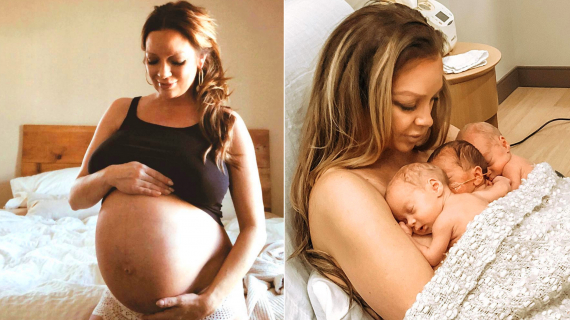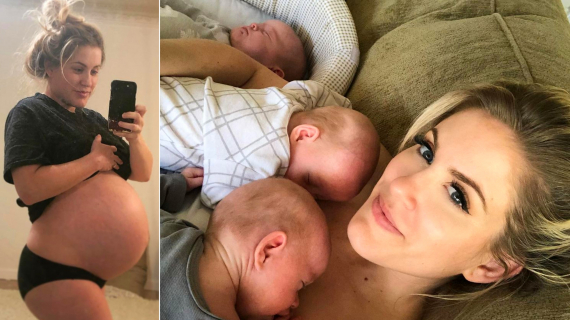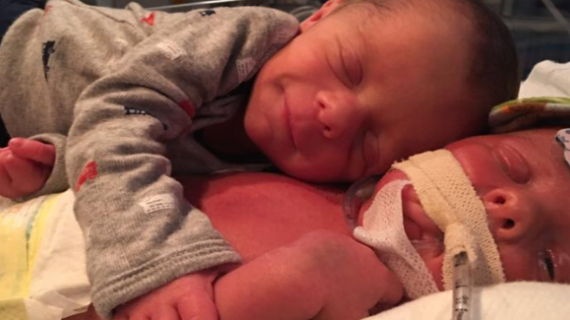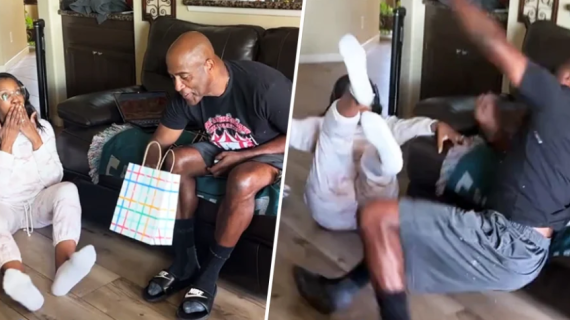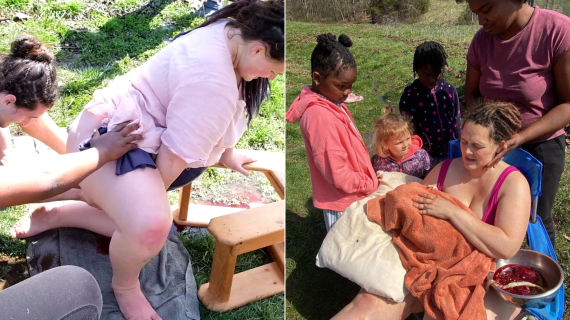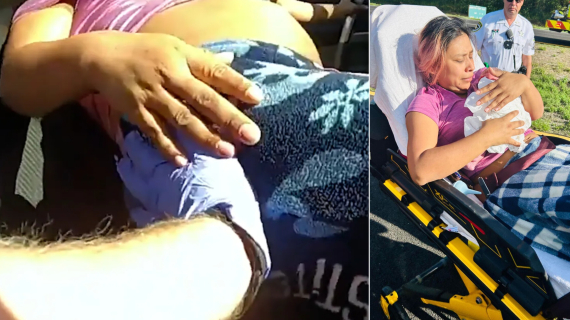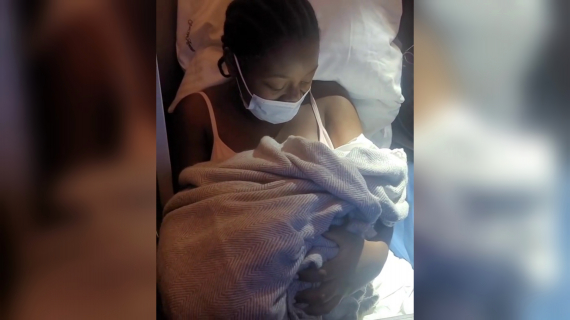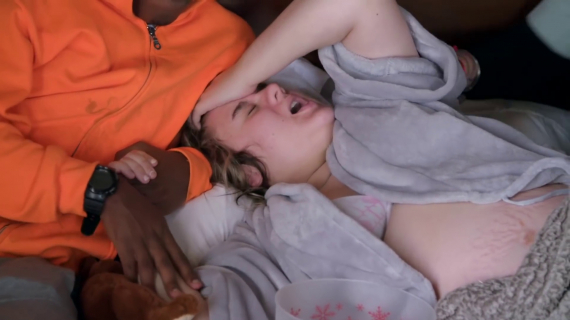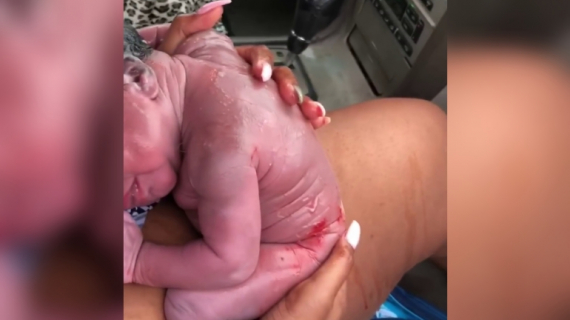Breastfeeding: What’s a Good Latch?
People talk about latch, but what does that mean? We want it to be a good latch! Otherwise, it can pinch mom and be uncomfortable, which makes it hard for the baby to get the milk out. So a good latch happens when baby is not just on the nipple, but is also on the areola - the dark skin around the nipple.
So when baby's breastfeeding, he's not just sucking, but he's also massaging the milk out of the breast. You want to make sure the baby has full rounded cheeks when he is latched on. And you want to actually hear him swallowing.
You don't ever want your baby to slurp or suck in the nipple. Remember, you want baby to start with a wide mouth. If you see that your baby has dimples instead of a full round cheeks, or if you hear a clicking or smacking, that usually means he's not latched well. Anytime you're not comfortable, also, it could be the sign of a bad latch.
If you start a feeding, and you don't have a good latch or are feeling pain, what should you do? Don't be afraid to use a clean finger to break baby's suction to take him off and re-latch. It just takes practice, and the more you latch correctly, the easier time you'll have.
Use the position that your most comfortable in. Then bring your baby close with his nose across from your nipple. Brush his nose with your nipple and wait for his mouth to open wide, like a yawn. Bring baby into your breast chin first, and then his mouth will follow. And you also want the nose slightly touching or very close to the breast. And baby's lips should be curled out.
Do all babies latch well right away? Not all of them, but there are a lot of things we can do to improve a latch. Sometimes just talking the mom through it works well, especially if you can help her see what it should look like.
Once you've had a good latch, you can immediately tell the difference and you know what to look for every time. As always, let us know if you have questions, and we'll see ya next time!

